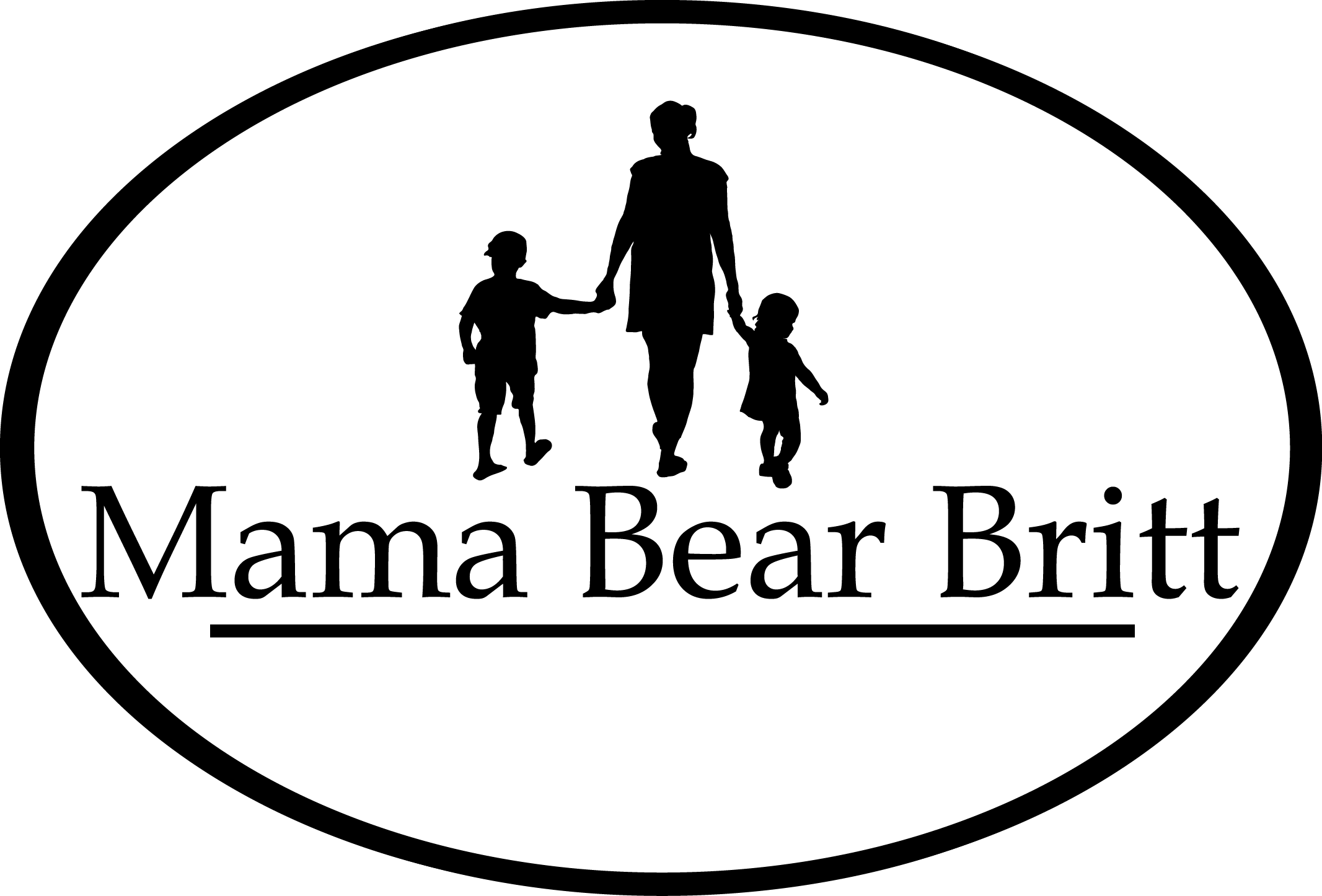Preparing Your child for Kindergarten
3 Ways to prepare my child for kindergarten
The end of the school year is approaching, and parents are beginning to scramble in thought wondering how to prepare their child for the next big step, kindergarten. Is it time to start grilling them with flash cards? Is it time to bust out the workbooks or begin drilling in the rote memorization? Absolutely not! If you want to set your child up for success, here are 3 tips you need to know:
How to prepare your child for Kindergarten:
1. Emotional readiness: Help to prepare your child emotionally for the new change. For many children, they will be changing schools completely and transitioning into a much larger setting with many more students and a higher student to teacher ratio. This is a big change, but you can help prepare them before school begins. Get your child excited about school, always speak about this transition excitedly and positively. Let your child pick out their own school lunch box and backpack. Talk about the school day and schedule. Take a walk around the school to let them look up close at where they will be going. Let them ask questions. Get a count down calendar. For more information on prepping for a tear-free drop-off, click here.
2. Making Friends: Another important aspect of being ready for kinder is the ability to make friends and feel comfortable interacting socially. You can prepare your child for this during role play at home, during dramatic play games. Practice the back and forth dialogue needed to interact successfully through play. for example, “I see you are playing chase, can I play” or “I like building blocks, can I help?” In addition to practicing the verbal requests at home, provide social opportunities for your child to put these verbal skills into action. It may take your child a while to feel comfortable being able to conduct social interactions solo. If your child needs helps or reassurance, do not do it for them, rather, remind them of the verbiage and be there physically. To read more about making friends, click here.
3. Follow Rules/Listening: This will make your child transition much easier if they are used to following rules and being able to listen to instruction. The easiest way to practice this is to establish clear rules and boundaries in your household and be consistent in upholding and following these rules. For example, you can have clear rules about getting ready in the morning or getting ready for bed. They know they are expected to make their bed, get dressed, brush their teeth, eat their breakfast, etc. It is important the child knows what is expected of them and it is important to be consistent in having them adhere to the rules. The same goes for listening, or as I like to call it, being a first-time listener. When you ask your child to put away their toys and your child does not listen, set clear consequences and guidelines. Being able to listen is a life lesson that is important to instill and a skill that will help your child succeed in kindergarten.
Of course, it is important to note there are developmental skill sets your child should be able to do by the time they are five years old, regardless of entering kindergarten or not. According to the Centers for Disease Control and Prevention your child should be able to do/perform the following:
Social/Emotional:
Wants to please friends
wants to be like friends
more likely to agree with rules
likes to sing, dance, and act
is aware of gender
can tell what’s real and what’s make-believe
Shows more independence
Is sometimes demanding and sometimes very cooperative
Language/Communication:
speaks very clearly
tells a simple story using full sentences
uses future tense; "for example, “grandma will be here.”
says name and address
Cognitive:
counts 10 or more things
can draw a person with at least 6 body parts
copies a triangle and other shapes
can print some letters or numbers
knows about things used every day, like money and food
Movement/Physical Development:
stands on one foot for 10 seconds or longer
hops; may be able to skip
can do a somersault
uses a fork and spoon and sometimes a table knife
can use the toilet on her/his own
swings and climbs
All of this information was taking directly from www.cdc.gov/milestones If you are concerned about your child’s development, contact his/her pediatrician or you can visit your local regional center or visit www.cdc.gov/concerned.
Want more parenting tips or preschool/toddler activities? Subscribe for related articles. Follow Mama Bear Britt on Instagram, Facebook, and Pinterest!





